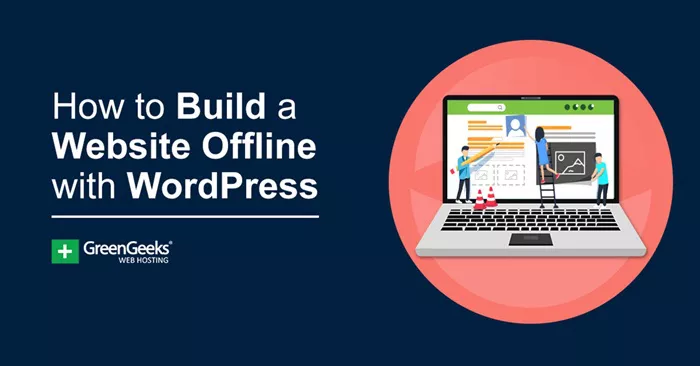In today’s digital age, creating a professional website is essential for online earners looking to establish their presence and enhance their earning potential. WordPress, with its user-friendly interface and extensive customization options, remains a popular choice. Building a WordPress site offline offers several advantages, from flexibility in design to testing functionalities before going live. This guide will walk you through the step-by-step process of setting up and designing a WordPress site offline.
Introduction to Building a WordPress Site Offline
Before diving into the technical details, let’s understand why building a WordPress site offline can benefit online earners. By working offline, you can experiment freely with designs, plugins, and content without impacting your live site. This approach ensures a smoother transition and minimizes downtime when you eventually go online.
Getting Started: Setting Up Your Local Development Environment
Choosing a Local Development Tool
To build your WordPress site offline, you need a local server environment. Popular tools like XAMPP, MAMP, and Local by Flywheel provide everything you need to run WordPress on your computer. Download and install one of these tools based on your operating system (Windows, macOS, or Linux).
Installing WordPress Locally
Once your local development tool is installed:
Step-by-Step Installation Process:
Create a Database: Use phpMyAdmin (included in XAMPP, MAMP) to create a new database for your WordPress site.
Download WordPress: Visit wordpress.org and download the latest version of WordPress.
Configure wp-config.php: Navigate to the WordPress directory and configure wp-config.php with your database details.
Run the WordPress Installer: Open your web browser and navigate to localhost/yourwordpressdirectory to run the WordPress installer.
Exploring the WordPress Dashboard
After installation, familiarize yourself with the WordPress dashboard. Here, you can customize your site’s appearance, add plugins for additional functionality, and create content such as pages and blog posts.
See also: Distributing Hostinger Webmail: A Comprehensive Guide
Designing Your WordPress Site Offline
Choosing a Theme
Selecting the right theme is crucial for your site’s aesthetics and functionality. WordPress offers thousands of free and premium themes. Install and activate a theme that aligns with your brand and content strategy.
Customizing Your Theme
Customize your chosen theme using the WordPress Customizer:
Site Identity: Set your site’s title, tagline, and logo.
Colors and Fonts: Adjust color schemes and typography to match your brand.
Widgets and Menus: Add widgets to your sidebar or footer, and create custom menus for easy navigation.
Adding Essential Plugins
Plugins extend WordPress’s core functionality. While offline, install and configure essential plugins such as:
Yoast SEO: Optimize your site for search engines.
WooCommerce: If you plan to sell products online.
Contact Form 7: Create custom contact forms.
Backup Plugins: Ensure regular backups of your offline site.
Developing Content and Functionality
Creating Pages and Posts
Generate sample content to simulate your live site:
Pages: About Us, Contact, Services.
Posts: Blog entries showcasing your expertise.
Testing Functionality
Use this offline phase to test various plugins, forms, and interactive elements. Ensure smooth functionality across different devices and browsers.
Finalizing and Going Live
Exporting Your Offline Site
When satisfied with your offline site, it’s time to export it:
Export Database: Use phpMyAdmin to export your local database.
Copy Files: Transfer all WordPress files to your live server using FTP or a file manager.
Going Live
Upload your database to your live server, update wp-config.php with new database details, and adjust site settings if necessary. Test thoroughly to ensure everything works seamlessly.
Conclusion
Building a WordPress site offline empowers online earners to create and refine their online presence efficiently. By following this guide, you can confidently develop a WordPress site offline, ensuring it meets your business goals before launching it live. Embrace the flexibility and control offered by offline development to maximize your online earning potential.
Related topics:
- Finding The Diffierence Of Blogging And Microblogging
- Strategic Email Marketing: A Comprehensive Guide
- How To Make Money Using AI: A Comprehensive Guide

